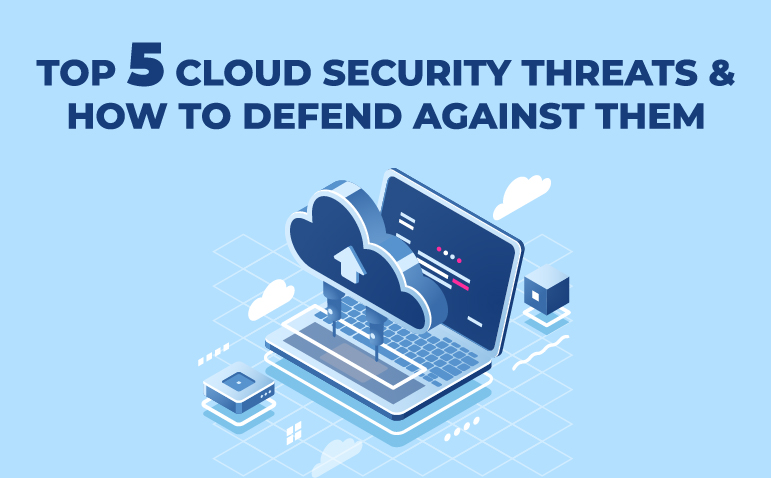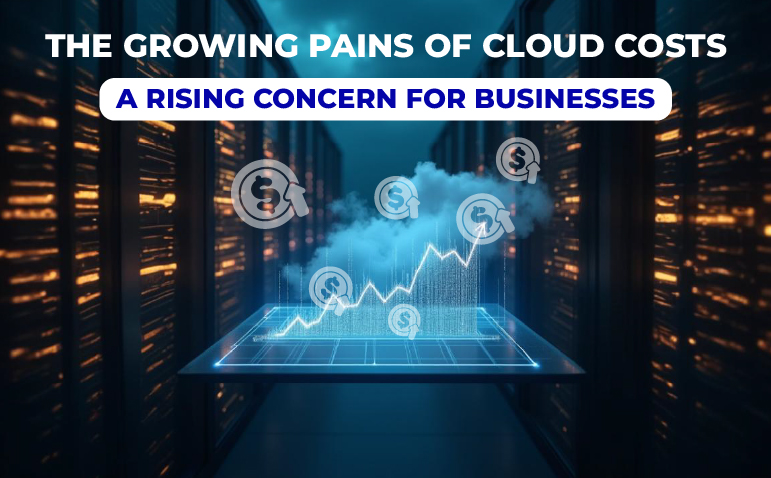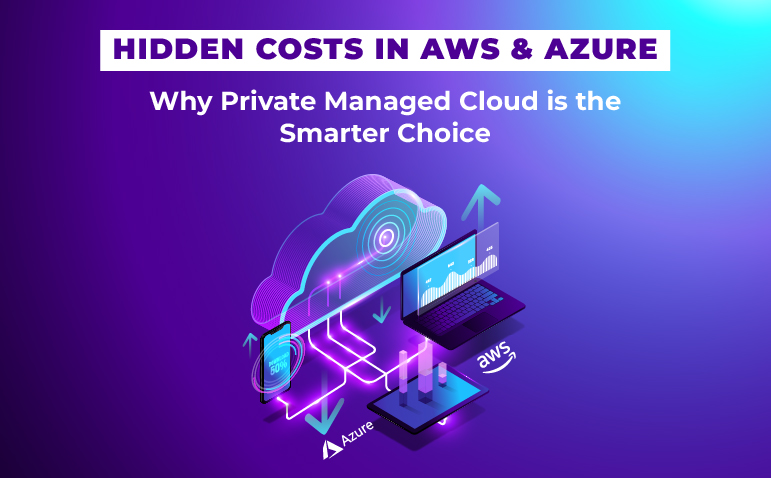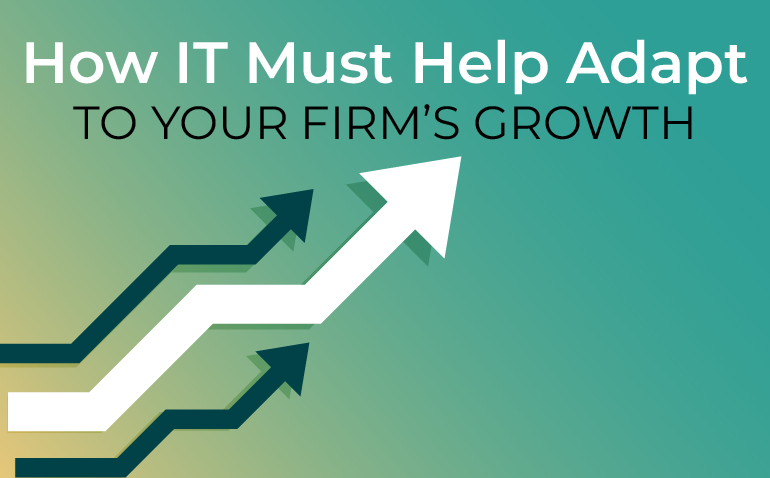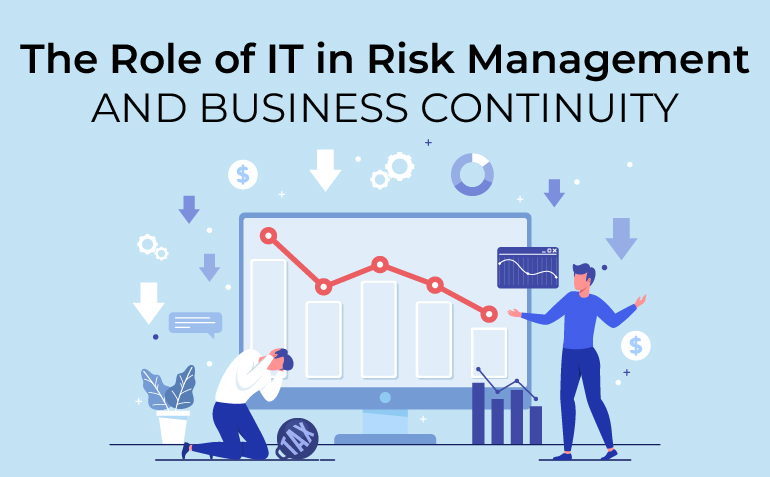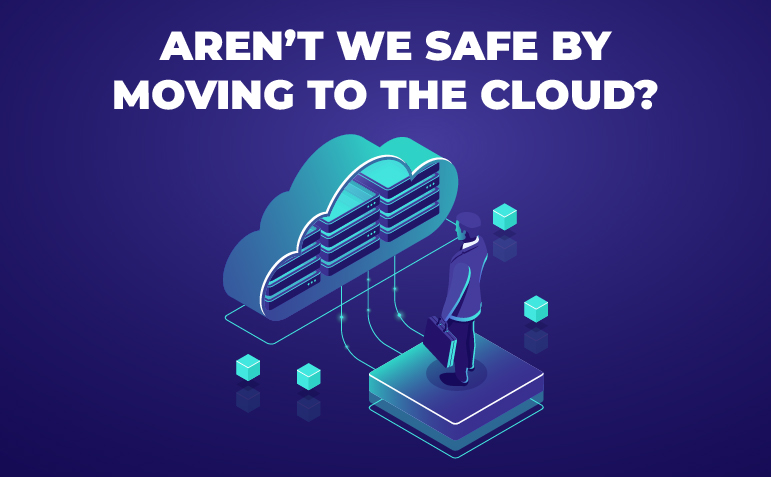As organizations increasingly migrate to the cloud for its unmatched flexibility and scalability, cybercriminals are evolving just as rapidly—exploiting vulnerabilities, human error, and outdated security measures. At Protected Harbor, we’ve witnessed firsthand how a single overlooked weakness can bring entire operations to a standstill. This guide outlines the five most pressing cloud security threats of 2025 and provides proven strategies to defend against them, leveraging the latest in cloud security monitoring technologies.
In today’s digital landscape, defined by ever-advancing cloud security risks, proactive defense and vigilant oversight are indispensable to ensuring business continuity.
1. Phishing Attacks: The Gateway to Data Breach
Threat: Deceptively crafted emails manipulate users into divulging login credentials, leaving your cloud environment exposed to unauthorized access.
Mitigation Strategies:
- Deploy organization-wide multi-factor authentication (MFA).
- Implement advanced email and DNS filtering to block malicious domains.
- Conduct regular employee training with realistic phishing simulations.
Protected Harbor: We enforce MFA across all accounts and integrate phishing-resistant email security solutions to neutralize threats before they reach your inbox. Our advanced monitoring tools also flag unusual login patterns that may signal attempted breaches.
2. Ransomware: Lockouts That Cost More Than Money
Threat: Cybercriminals encrypt critical files, demanding ransom—often without restoring access even if payment is made.
Mitigation Strategies:
- Perform regular, automated backups to immutable storage.
- Continuously monitor for anomalies such as mass file changes.
- Train employees on secure file practices and early threat recognition.
Protected Harbor: Our cloud environment features advanced ransomware protection, behavior analytics, and 24/7 monitoring to contain threats before they spread. We provide real-time incident response and forensic investigations to mitigate damage and prevent recurrence.
3. Unauthorized Access & Data Theft
Threat: Weak password practices, leaked credentials, or shadow IT grant attackers unauthorized entry into sensitive systems.
Mitigation Strategies:
- Enforce least-privilege access with periodic audits.
- Keep all cloud applications patched and updated.
- Use identity-driven access control with automatic session expirations.
Protected Harbor: We implement comprehensive access management with role-based security policies and real-time monitoring. In the high-risk security landscape of 2025, managing access isn’t optional—it is essential.
4. Compromised Encryption Keys
Threat: Mishandled or weak encryption keys render protected data effectively public. 
Mitigation Strategies:
- Rotate encryption keys regularly and secure them within Key Management Services (KMS).
- Employ Hardware Security Modules (HSMs) for sensitive assets.
- Enforce automatic key expiration and renewal policies.
Protected Harbor: Through zero-trust architecture and secure key lifecycle management, we ensure encryption functions as genuine protection—not mere compliance. Our approach recognizes key management as a cornerstone of safeguarding against cloud threats in 2025.
5. Data Leakage Across Devices and Platforms
Threat: As data flows across apps, mobile devices, and remote servers, misconfigurations or oversights can cause silent data exposure or loss.
Mitigation Strategies:
- Enforce device-level encryption and Mobile Device Management (MDM).
- Audit shared drives, folders, and collaboration tools consistently.
- Maintain centralized visibility across cloud and on-premise infrastructures.
Protected Harbor: With deep hybrid-cloud expertise, we ensure consistent encryption and unified policy enforcement across all devices—including BYOD endpoints. To counter evolving cloud security risks in 2025, organizations must prioritize cross-platform visibility and comprehensive data protection.
Conclusion
Cloud security threats in 2025 are more dynamic and evasive than ever, affecting everything from end-user behavior to back-end infrastructure. With growing reliance on SaaS, remote work, and BYOD, the number of potential vulnerabilities continues to expand.
Whether it’s cloud ransomware protection, enforcing encryption, or mitigating phishing risks, defending your environment requires precision and visibility. By integrating cloud security monitoring tools and confronting the top cloud computing threats 2025 head-on, your business stays resilient and compliant.
Protected Harbor doesn’t just secure infrastructure—we design and manage it for optimal performance, uptime, and recovery.
Take the First Step
Not sure if your cloud environment is secure? Let’s start with a free security assessment. We’ll identify gaps and help you build a resilient, high-performance infrastructure tailored to your needs.

